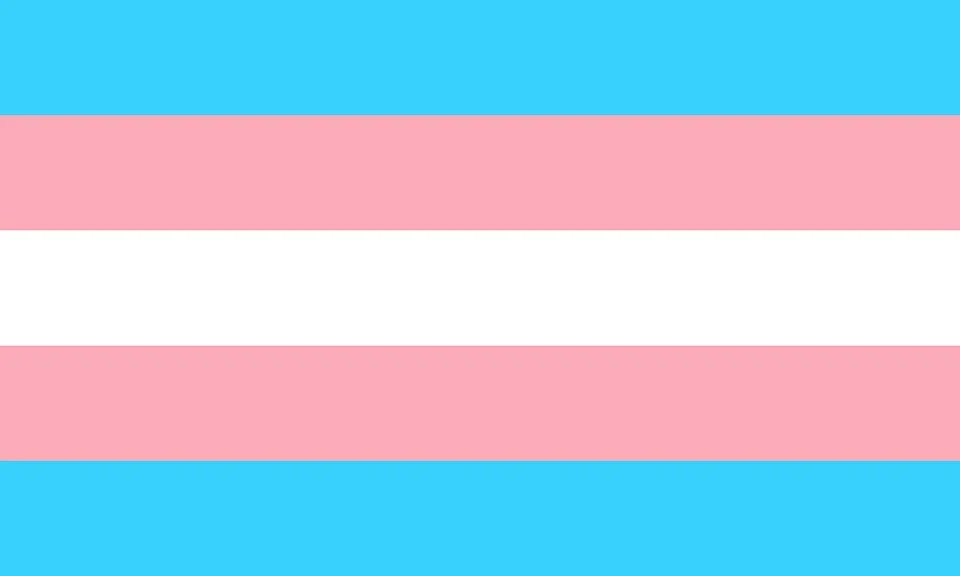“I think about how difficult it is for other people who are just starting out their journey. Maybe they don’t have the same amazing support network that I do, which was one of the big reasons that I was able to take this journey.”
Chair of the LGBTQ+ Society of Lloydminster Jenson Brown is sharing his thoughts as Thursday March 31st is the International Transgender Day of Visibility. The day is to celebrate transgender people while acknowledging the challenges they face.
In Canada, a report released in 2020 by the Canadian Centre for Justice and Community Safety Statistics indicated that “sexual minority Canadians were more likely than heterosexual Canadians to report experiencing inappropriate behaviours in public (57% versus 22%), online (37% versus 15%) and at work (44% versus 22%).”
Also, the survey “estimated 1 million people in Canada are sexual minorities—that is, they reported their sexual orientation as gay, lesbian, bisexual or a sexual orientation that is not heterosexual comprising 4% of the population of Canada 15 years of age and older.”
Brown says it’s important to create safe spaces for individuals to be who they are.
“[We] want to be able to provide those safe spaces for people, to make people be visible. To know that they are seen. They are valued. Their authentic self is beautiful. That they are important and they are feeling safe and comfortable inside their skin is highly valued.”
Brown adds whether that is through social transitioning by changing their names and pronouns or whether that is a medical treatment where the person undergoes hormonal treatment or surgery.
The 2020 report stated further about “75,000 people, or 0.24% of the population of Canada aged 15 and older indicated that their assigned sex at birth was different from their current gender, or that they were neither male nor female and, that they are transgender. Those whose assigned sex at birth aligns with their gender are cisgender.
Brown says their group and Slay the Night YLL are available to provide support at all levels and recommend resources.
The report continues that “sexual minority Canadians were more likely to have experienced physical or sexual assault both since age 15 and were less likely to report their physical assaults to the police.”
Brown is concerned about those issues and advocates the importance of transgender rights.
“It is frightening and I think what the even more frightening piece of it is, is to know those statistics, to be aware of those statistics and then hear platforms and programs and conversations that are still trying to put aside transgender issues or go against transgender rights.”
Brown who has been openly transgender for the last five years says they are also able to provide resources for those who wish to be allies.
“We are also open to discussing and providing that education to workspaces, people and community groups who just have questions about how to be an ally. How to make sure you’re having inclusive workspace or community space. Providing the safe spaces programming.”
The Transgender Day of Visibility or TDOV was first observed in 2009.


